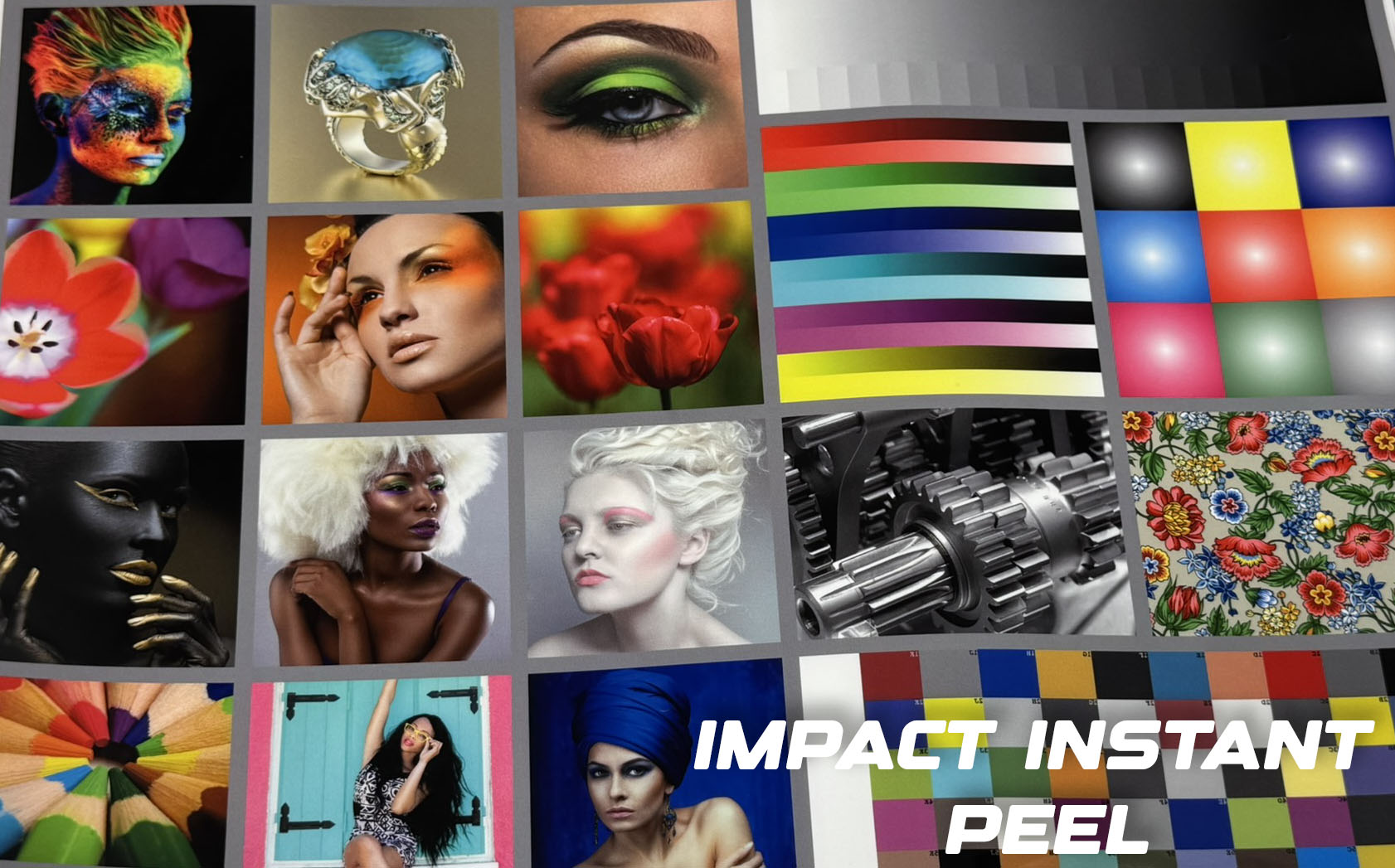
Profiling for DTF Printers
Why is a Profile and Linearization needed in DTF Printing?
In Direct-to-Film (DTF) printing, a profile (typically an ICC profile) is a digital file that describes the color reproduction characteristics of your specific printer, ink, and film combination. It maps input colors (from design files) to the output colors your setup can produce accurately.
Linearization is the process of calibrating the printer's ink output to ensure a linear response across the tonal range. For example, a 50% cyan input should result in exactly 50% ink density on the film, rather than being too dark or too light.
These are created using RIP software (e.g., Cadlink Digital Factory or Neostampa Delta) by printing test charts, measuring them with a spectrophotometer, and adjusting settings accordingly.
Why It's Important for Your DTF Printer, Ink, and Film
DTF printing involves unique variables: thick pigment inks (especially white for opacity), specialized films (e.g., hot-peel or cold-peel), and transfer to fabrics. Generic or untuned settings won't account for these, leading to suboptimal results. Here's why a custom profile and linearization are essential:
-
Accounts for Hardware and Material Variations:
- Printers (e.g., Epson i3200-based) have inherent quirks in ink ejection and waveforms.
- Inks vary in viscosity and pigment load; DTF white ink is prone to settling, affecting density.
- Films differ in surface texture and ink absorption, influencing how colors dry and transfer.
- Without tuning, colors can shift (e.g., blues turning purple) or lose vibrancy during transfer.
-
Prevents Common DTF Issues:
- Over-inking causes bleeding or cracking on transfers.
- Under-inking leads to faded prints or poor adhesion.
- Inconsistent dot sizes (from unoptimized waveforms) result in banding or graininess.
-
Ensures Consistency Across Batches:
- Ink and film lots can vary slightly; a profile/linearization calibrates for your exact setup, reducing waste from reprints.
-
Cost and Efficiency Savings:
- Reduces ink waste, printhead clogs, and downtime by optimizing ink limits and flow.
How It Helps Keep Colors Accurate and Bright
Profile and linearization work together to calibrate the entire color workflow, from design to final transfer:
-
Color Accuracy:
- Linearization First: It establishes a baseline by ensuring each color channel (CMYK + white) outputs ink proportionally. This corrects non-linear responses (e.g., mid-tones appearing too dark), creating a neutral foundation where grays stay true (no color casts like reddish or bluish tints).
- Profiling Builds On It: The ICC profile then maps colors to your device's gamut. It compensates for how your ink and film interact—e.g., adjusting for film's glossiness absorbing less ink or ink's pigment scattering light differently. This ensures input colors (e.g., Pantone shades) match output, keeping hues precise and grays neutral across the spectrum.
-
Brightness and Vibrancy:
- Linearization prevents "crushing" highlights (making them dull) or "blocking" shadows (losing detail), preserving dynamic range for brighter whites and deeper blacks.
- The profile sets optimal ink limits (e.g., total ink coverage at 100-400% for DTF), avoiding muddiness from excess ink while maximizing saturation. For bright colors like neons, it boosts density without oversaturation, ensuring transfers pop on dark fabrics.
- In DTF, white ink underbase is profiled for opacity, preventing it from dulling overlying colors—resulting in brighter, more luminous prints.


Leave a comment